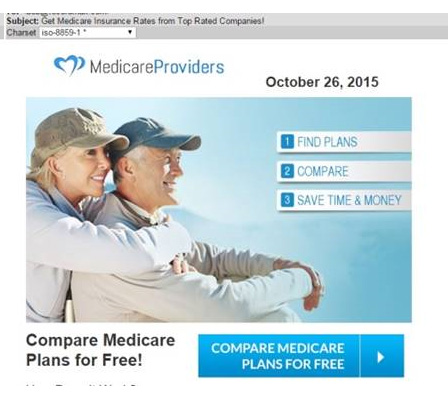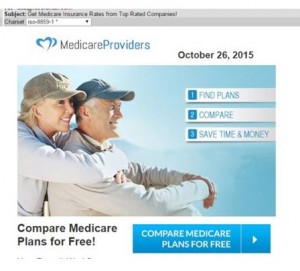2 mins read
The Big Business Of Scam: Open Enrollment Signals Open Season For Spammers

December 23, 2024
Copyright 2023, IT Voice Media Pvt. Ltd.
All Rights Reserved

 season. Unfortunately, spammers do kick things into high gear during the fall. This is when people are buying gifts, thinking about how to get money to buy gifts, or opening holiday E-Cards that aren’t really from friendly people. Spam tends to increase during this time, just because there’s more opportunity when people are in the holiday spirit.
season. Unfortunately, spammers do kick things into high gear during the fall. This is when people are buying gifts, thinking about how to get money to buy gifts, or opening holiday E-Cards that aren’t really from friendly people. Spam tends to increase during this time, just because there’s more opportunity when people are in the holiday spirit.